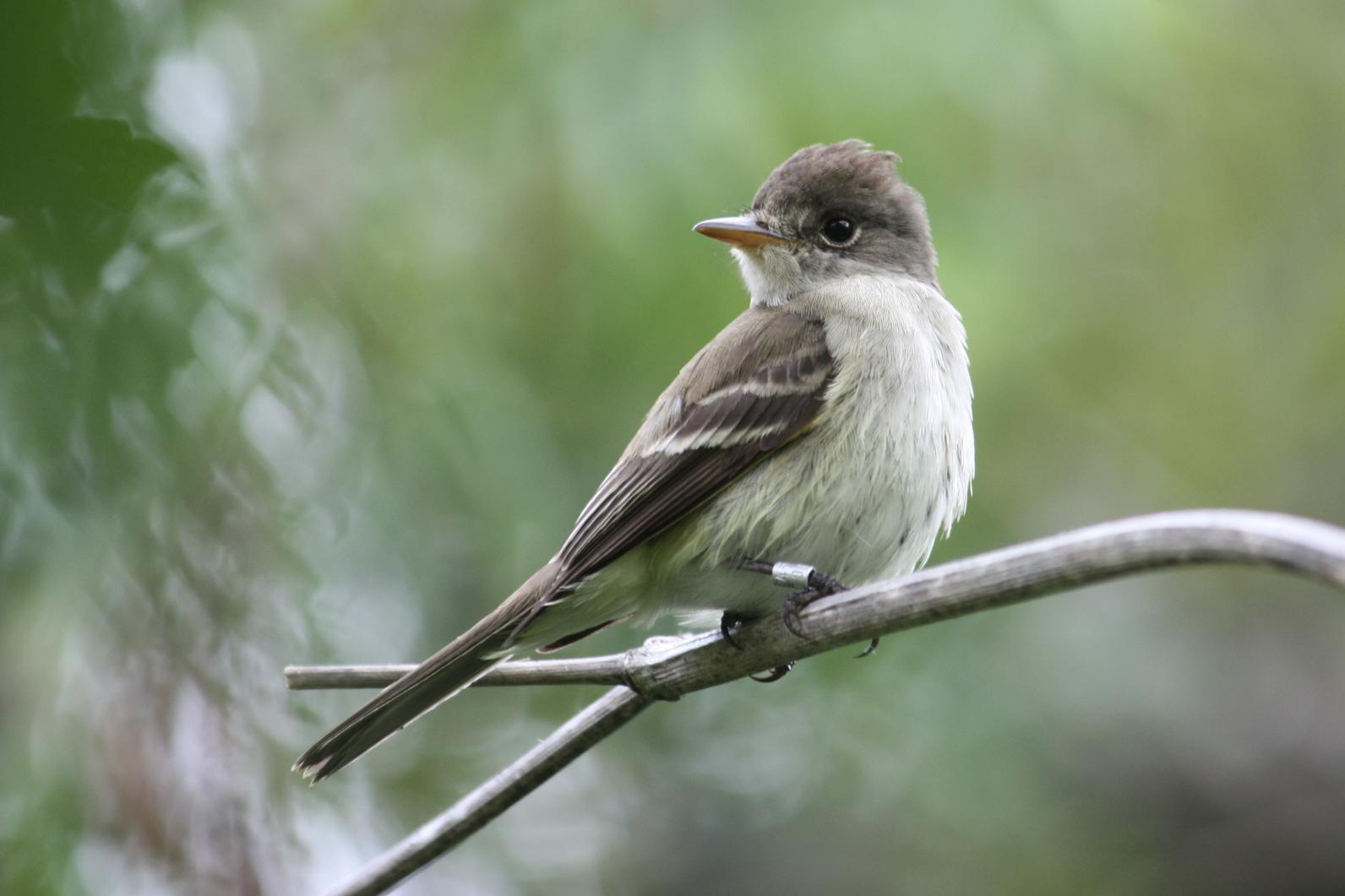
In yet another victory of science over special interest, the U.S. Fish & Wildlife Service has rejected a petition from developers and landowners to remove the Southwestern Willow Flycatcher from the Endangered Species List. The Southwestern Willow Flycatcher was targeted in 2016 not because its numbers are recovering, but because it stands in the way of development.
Southwestern Willow Flycatchers are small grayish-green songbirds once found commonly along rivers and streams in California, Nevada, Utah, Arizona, New Mexico, and Texas. Today, the last 500 to 1000 breeding pairs of this subspecies struggle to survive in regions where 90-95% of their historic habit has been lost and where they are beset with challenges from predation, nest parasitism, disturbance, and further habitat loss. In California, in particular, we’ve seen important populations of this bird decline.
Many thousands of Audubon advocates who raised their voices in opposition to the delisting petition can claim a victory today.
For over two decades, the developers and landowners that opposed the original listed in 1995 have sought to undermine it. Their latest argument was novel: they claimed the species doesn’t even exist.
The recent delisting petition relied heavily on a single recent study that asserts that the Southwestern Willow Flycatcher is not a genetically unique subspecies. But most avian experts argued that the study isn’t nearly enough to overturn decades of research to the contrary. Moreover, they point out that the new study – which has yet to be independently verified –downplays differences in physical attributes and geographical range. Moreover, the lead author of this research has admitted to taking money from developers for similar research in the past.
Not only is the Southwestern Willow Flycatcher a magnificent bird worthy of protection, it is also inextricably linked to the natural legacy of the American Southwest.
By Garrison Frost
Monthly Giving
Our monthly giving program offers the peace of mind that you’re doing your part every day.




